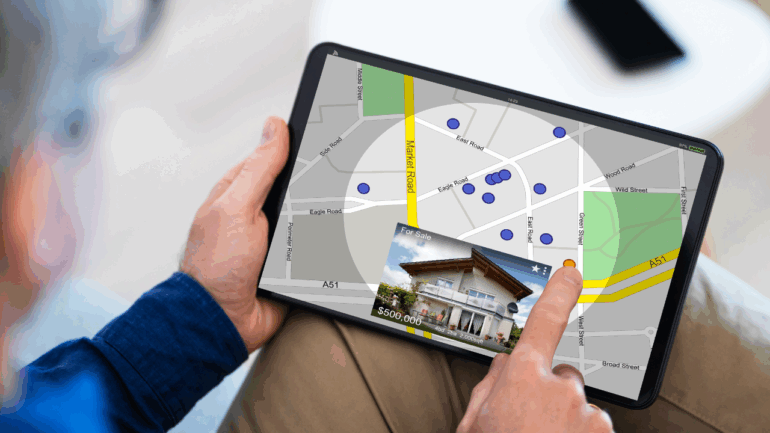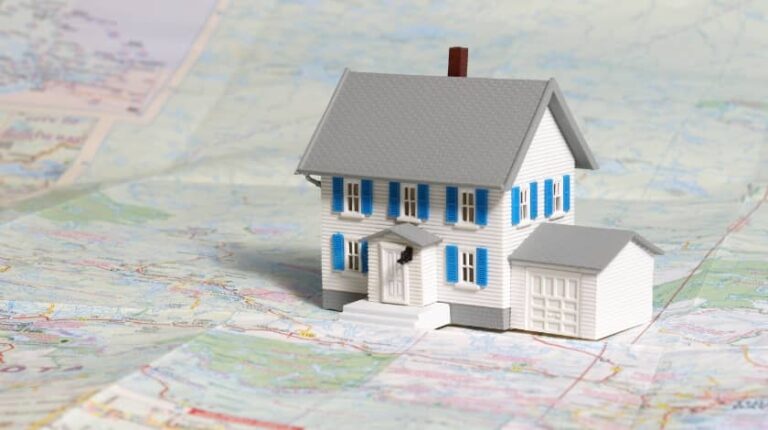“Location, location, location” remains the gold standard in real estate for good reason.
While artificial intelligence, big data, and virtual reality are reshaping how properties are marketed and assessed, none have displaced the supremacy of location.
New tools offer efficiency and insight, but location continues to define value, livability, and long-term investment performance.
Goal here is to unpack why location remains the most critical determinant of property success, outlasting every other metric.
To dig deeper into smart location-based investments, visit this website.
Now let us take a look at the reasons why this is the case.
Location as the Foundation of Property Value

Location acts as the foundation that underpins property value, no matter how sophisticated the architecture or interior design.
Long-term appreciation, rental income potential, and ease of resale all begin with location. Properties in less desirable zones, no matter how modern or visually appealing, often underperform.
Poor location choices often lead to dissatisfaction and economic setbacks, even when other aspects of the property seem ideal.
Key Factors That Make Location Supreme
Now, let us check out the factors that make location still the most relevant factor by far.
Economic Health and Job Markets
Economic vitality attracts skilled professionals and stable residents. When regions experience employment growth, demand for housing increases accordingly.
Proximity to corporate headquarters, tech parks, and industrial centers fuels both residential and commercial property markets. Job-rich locations ensure continuous demand and limit vacancy risks.
Transportation and Accessibility
Properties near highways, public transit, metro lines, and airports benefit from convenience-driven demand.
Last-mile connectivity becomes a deciding factor for both buyers and tenants. Easy commutes save time and improve quality of life—key elements buyers refuse to compromise on.
Schools and Education Facilities
Families prioritize educational quality when selecting homes. Even investors with no school-age children see the logic in purchasing near top-rated schools due to stronger resale prospects.
School districts with high academic rankings consistently correlate with higher property prices and market stability.
Safety and Crime Rates

Low crime rates increase property desirability and peace of mind. Safety becomes a non-negotiable for families, retirees, and professionals alike.
Neighborhoods perceived as secure tend to command higher prices and attract long-term residents and investors.
Community and Lifestyle Amenities
Access to restaurants, shopping centers, hospitals, parks, and cultural venues adds real value to property investments.
Well-balanced neighborhoods create environments that support daily life and leisure. Walkability and convenience make these areas more than just livable—they become magnets for buyers seeking stability.
Green Spaces and Environmental Quality
Environmental quality has become a serious consideration in real estate. Clean air, green parks, and water access affect both physical health and investment potential.
Buyers and renters increasingly prefer areas that reflect sustainable values and offer access to nature.
Future Development and Urban Revitalization
Areas undergoing urban upgrades or gentrification represent major opportunities for investors.
Revitalized neighborhoods, public transit expansions, and zoning shifts often trigger value increases. Monitoring local planning boards and infrastructure proposals gives buyers an edge.
Summary
Every aspect of real estate traces back to location. Style, pricing, and tech add value, but location lays the groundwork.
Economic activity, education, safety, transport, and community design all converge in how people judge value.
One truth always holds: you can change the house, but not the neighborhood.

